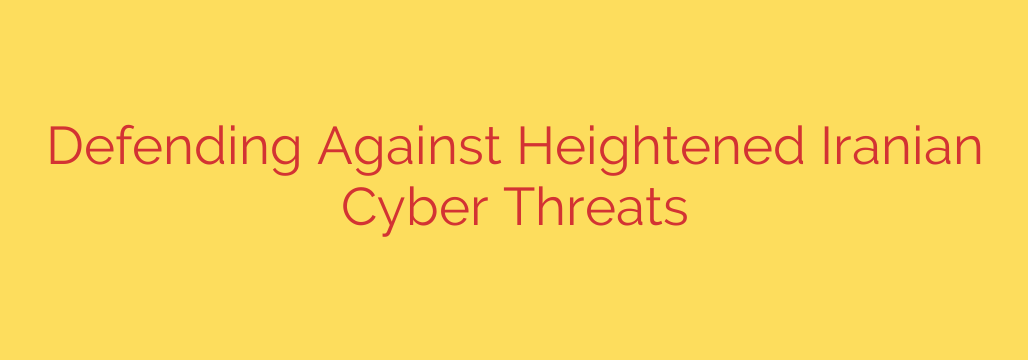
The current cyber threat landscape is dynamic, with nation-state actors and sophisticated groups posing significant risks to organizations worldwide. These adversaries are becoming increasingly adept at leveraging digital means to achieve strategic objectives, including espionage, disruption, and financial gain. A notable source of such activity involves groups operating with clear geopolitical motivations, targeting a wide array of sectors from critical infrastructure and government agencies to financial institutions and healthcare providers.
Their methods are diverse and constantly evolving. Common tactics include aggressive phishing campaigns designed to steal credentials, deploying ransomware to extort payments, and executing denial-of-service (DDoS) attacks to disrupt operations. They also frequently exploit known software vulnerabilities and engage in supply chain attacks to compromise targets indirectly. These attacks are often characterized by persistence and a deep understanding of target networks.
Defending against these advanced and persistent threats requires a robust, multi-layered approach. Organizations must prioritize fundamental cyber hygiene, including timely patching of systems and implementing strong multi-factor authentication (MFA) for all accounts, especially those with elevated privileges. Regular security awareness training for employees is crucial, as human error remains a primary entry point for attackers.
Developing a comprehensive incident response plan is essential. This plan should be regularly tested and updated to ensure the organization can effectively detect, contain, and recover from a breach. Investing in advanced threat detection and prevention technologies, such as intrusion detection systems and endpoint protection, is also vital. Furthermore, segmenting networks can limit the lateral movement of attackers within an environment, reducing the potential impact of a compromise. Maintaining secure, offsite backups is critical for recovery from disruptive attacks like ransomware. Staying informed about the latest threat intelligence regarding these specific actors’ tactics, techniques, and procedures (TTPs) allows organizations to proactively strengthen their defenses and prepare for potential attacks. Effective risk management practices, tailored to the specific threat profile, are paramount in navigating this challenging security environment.
Source: https://www.paloaltonetworks.com/blog/2025/07/navigating-heightened-cyber-risks-iranian-threats/








